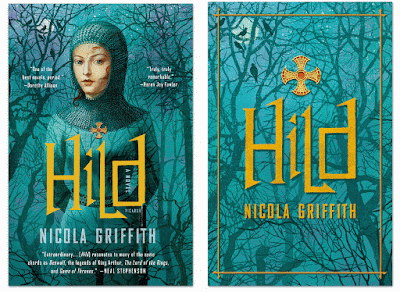Comparative Genocide. That's what I decided to do. I wanted to contextualize the history of 20th century genocides (Armenia, Holocaust, Cambodia, Rwanda) and use them as warning signs in relation to contemporary world politics. This requires a lot of finesse, to not seem like I'm "just" forcing some sort of worldview on a bunch of Georgia students, which I genuinely don't want to do. I just want them to historicize the current moment in a more sophisticated manner. They should have a better understanding of the gravity and complexity of genocide than our current president, who wrote in Yad Vashem's guest book the following:
This blog is titled a meditation on failure for a reason, naturally, although my students were able to more successfully contextualize politics after taking it. I think. Their portfolios indicated yes, but those are always designed for a particular audience (me!) so they want to suck up a bit.
It was a good class. It was well balanced, contained engaging material, and had a clear focus. That was great. What it was not however, was a good first year composition course. This was an interesting experience for me, as I haven't taught a good class that was also a failure before. I've taught duds of classes to be sure, ones that were accidentally boring, or that were unbalanced, or just plain too much work. Those I accept as failures and move on. But this was a weird combination of success/failure that I haven't experienced before.
Why?
Well, a few reasons.
My class was the only section of the first semester composition sequence (1101/1102) offered that spring. The one and only. Students were forced to take a class on genocide even if they had no interest, or were actively hostile towards it. In portfolios I received comments that students felt that way particularly until they realized there were other genocides besides the Holocaust. The Holocaust is old hat from high school, but no one ever learned about Rwanda. Weird. Still, it's a hard topic if you haven't chosen it.
The class was at 9 AM. So students who would normally take afternoon classes, because of night-owl ways or an inability to wake up in the morning, were also forced (within reason, I mean they could delay to the fall, but that probably screws a lot of them up) to get up early. I've never had so many absences at Tech as I did this term.
I like to joke around in class a lot. But that's obviously super hard to do when you're teaching a comparative genocide class. Even joking about myself (which is usually my favorite target) was hard to do in this class. I don't know what kind of charisma you need to rock a genocide class, but I did not have it last spring. Plus, I was so mad. Did I mention I was mad? So mad.
The final book I chose was way too long. I'm not sure what I would do besides We Wish to Inform You that Tomorrow We Will Be Killed With Our Families. It's great, but also full of such good information throughout that it's hard to excerpt. However, teaching the longest book at the end of an intense semester isn't my first suggestion.
I changed the final project at the last minute to an anti-genocide organization PSA and they just were sort of duds. I liked the structure of the other assignments: a genocide infographic, a primary source analysis, and a film review blog. That all worked well, But I would likely have students do a very different oral presentation assignment if I were to teach this using the WOVEN communication model again.
All of this said, after I spent a week at the USHMM completing a Hess Seminar in January 2018, I started considering how I could resurrect this class. First, teach it in fall, not spring. Second, switch my supplemental texts. I liked John Cox's To Kill a People quite a bit. I would keep that and drop Jan Gross' Neighbors, which is just too harsh for first year students. I think I would replace it with something on Roma-Sinti and the Holocaust, since students are familiar with Jewish victims but know very little about others. I would teach a graphic novel about the Armenian Genocide, likely, and Never Fall Down for Cambodia (even though I loved Don't Think I've Forgotten). Then finish with a film rather than book for Rwanda. See, now I'm wondering if I can't bring this class back after all, and create a successful first year comp class out of it.
Hope springs eternal, I guess, even when teaching genocide.



























